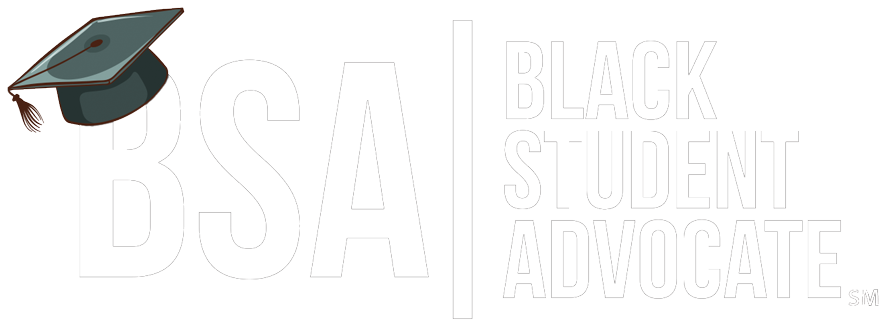Student advocacy is crucial in creating a supportive and inclusive environment for all students, especially those from marginalized communities. When students feel empowered to advocate for themselves and their peers, they can help create a more equitable and just educational system.
The Black Student Advocate Network is a powerful resource for empowering student advocacy by providing support, resources, and a platform for black students to advocate for themselves and their peers. In this guide, we will explore the importance of student advocacy, the role of The Black Student Advocate Network, and how educators and allies can support and amplify the voices of black students in educational settings.
The Importance of Student Advocacy
Student advocacy is essential because students are the most important stakeholders in the educational system. They are the ones most affected by their schools’ policies, practices, and culture. When students are empowered to advocate for themselves and their peers, they can help shape the educational system to meet their needs better.
Student advocacy is especially crucial for students from marginalized communities, including Black, Indigenous, and People of Color (BIPOC) students, LGBTQ+ students, students with disabilities, and low-income students. These students often face systemic barriers to achieving academic success, and student advocacy can help to dismantle those barriers.
The Role of The Black Student Advocate Network
The Black Student Advocate Network is a powerful resource for empowering student advocacy among black students. The network provides support, resources, and a platform for black students to advocate for themselves and their peers. By joining the network, students can connect with other black students passionate about advocacy and learn from experienced advocates.
The Black Student Advocate Network also provides resources to help students develop their advocacy skills. These resources include training on public speaking, organizing rallies and protests, and building relationships with policymakers and community leaders. The network also provides access to legal resources for students facing discrimination or other forms of injustice.
How Educators and Allies Can Support Student Advocacy
Educators and allies can play a critical role in supporting and amplifying the voices of black students in educational settings. Here are four ways educators and allies can support student advocacy:
1. Create a safe and inclusive environment: Educators and allies can create a safe and inclusive environment for all students by actively promoting diversity, equity, and inclusion. This includes creating a culture of respect and empathy, celebrating diversity, and actively combating racism, sexism, homophobia, and other forms of discrimination.
2. Encourage student leadership: Educators and allies can encourage student leadership by providing opportunities for students to take on leadership roles in the classroom, school, and community. This includes providing opportunities for student-led initiatives, such as clubs, events, and fundraisers.
3. Resources and support: Educators and allies can provide resources and support to help students develop their advocacy skills. This includes providing access to training, legal resources, and mentorship.
4. Amplify student voices: Finally, educators and allies can amplify the voices of black students by listening to their experiences, sharing their stories, and advocating for their needs. This includes advocating for policies and practices that promote equity and justice for all students.
Conclusion
Student advocacy is crucial in creating a supportive and inclusive environment for all students. The Black Student Advocate Network is a powerful resource for empowering student advocacy among black students. Educators and allies can play a critical role in supporting and amplifying the voices of black students by creating a safe and inclusive environment, encouraging student leadership, providing resources and support, and amplifying student voices.
Working together can help create a more equitable and just educational system that supports all students, regardless of race, gender, sexuality, ability, or socioeconomic status.







Share This Page